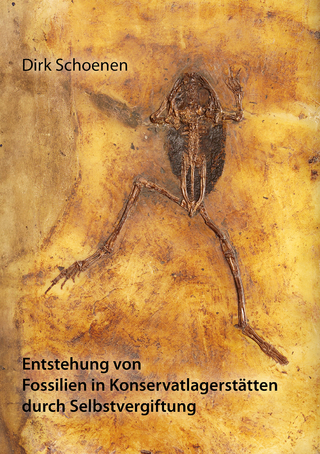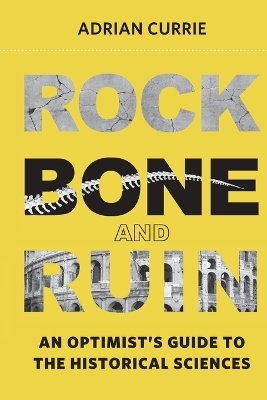
Beyond Hands On
Incorporating Kinesthetic Learning in an Undergraduate Paleontology Class
Seiten
2018
Cambridge University Press (Verlag)
978-1-108-71787-8 (ISBN)
Cambridge University Press (Verlag)
978-1-108-71787-8 (ISBN)
Discusses the theory behind kinesthetic learning and how it fits into a student-centered, active-learning paleontology classroom. Presents methods for incorporating it into student exercises. Assessment data demonstrates that these exercises have led to significantly improved student learning outcomes tied to these concepts.
Hands-on learning in paleontology, and geology in general, is fairly common practice. Students regularly use rocks, fossils, and data in the classroom throughout their undergraduate career, but they typically do it sitting in a chair in a lab. Kinesthetic learning is a teaching model that requires students to be physically active while learning. Students may be involved in a physical activity during class or might be using their own bodies to model some important concept. This Element briefly discusses the theory behind kinesthetic learning and how it fits into a student-centered, active-learning classroom. It then describes in detail methods for incorporating it into student exercises on biostratigraphy, assessment of sampling completeness, and modeling evolutionary processes. Assessment data demonstrates that these exercises have led to significantly improved student learning outcomes tied to these concepts.
Hands-on learning in paleontology, and geology in general, is fairly common practice. Students regularly use rocks, fossils, and data in the classroom throughout their undergraduate career, but they typically do it sitting in a chair in a lab. Kinesthetic learning is a teaching model that requires students to be physically active while learning. Students may be involved in a physical activity during class or might be using their own bodies to model some important concept. This Element briefly discusses the theory behind kinesthetic learning and how it fits into a student-centered, active-learning classroom. It then describes in detail methods for incorporating it into student exercises on biostratigraphy, assessment of sampling completeness, and modeling evolutionary processes. Assessment data demonstrates that these exercises have led to significantly improved student learning outcomes tied to these concepts.
1. Introduction; 2. What is kinesthetic learning?; 3. Moving while learning; 4. Assessment; 5. Conclusions.
| Erscheinungsdatum | 07.11.2018 |
|---|---|
| Reihe/Serie | Elements of Paleontology |
| Zusatzinfo | Worked examples or Exercises; 1 Tables, black and white; 5 Line drawings, black and white |
| Verlagsort | Cambridge |
| Sprache | englisch |
| Maße | 153 x 230 mm |
| Gewicht | 700 g |
| Themenwelt | Naturwissenschaften ► Geowissenschaften ► Mineralogie / Paläontologie |
| Sozialwissenschaften ► Pädagogik | |
| ISBN-10 | 1-108-71787-X / 110871787X |
| ISBN-13 | 978-1-108-71787-8 / 9781108717878 |
| Zustand | Neuware |
| Haben Sie eine Frage zum Produkt? |
Mehr entdecken
aus dem Bereich
aus dem Bereich
Buch | Softcover (2024)
Shaker (Verlag)
19,80 €
An Optimist's Guide to the Historical Sciences
Buch | Softcover (2024)
MIT Press (Verlag)
34,55 €


